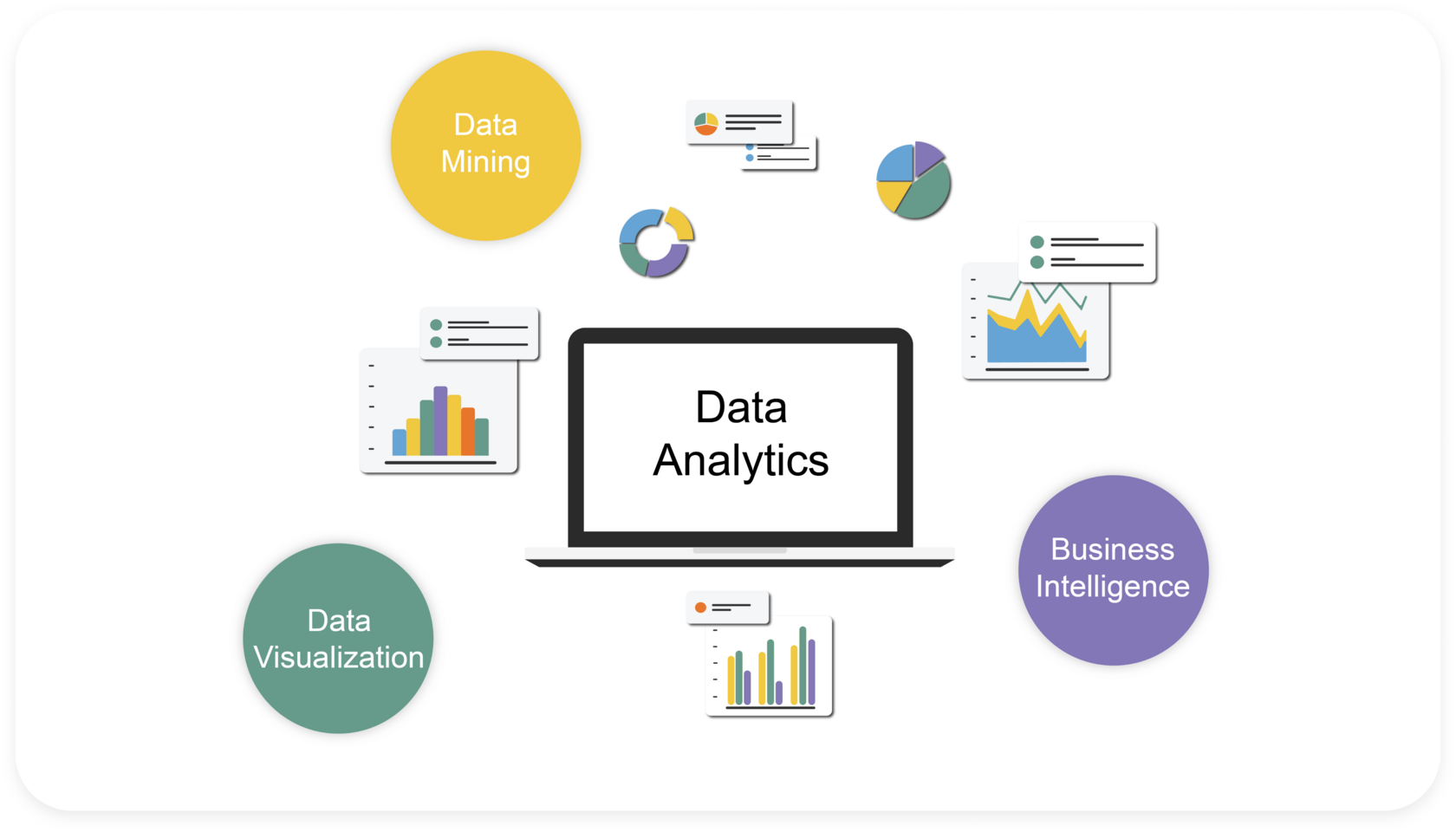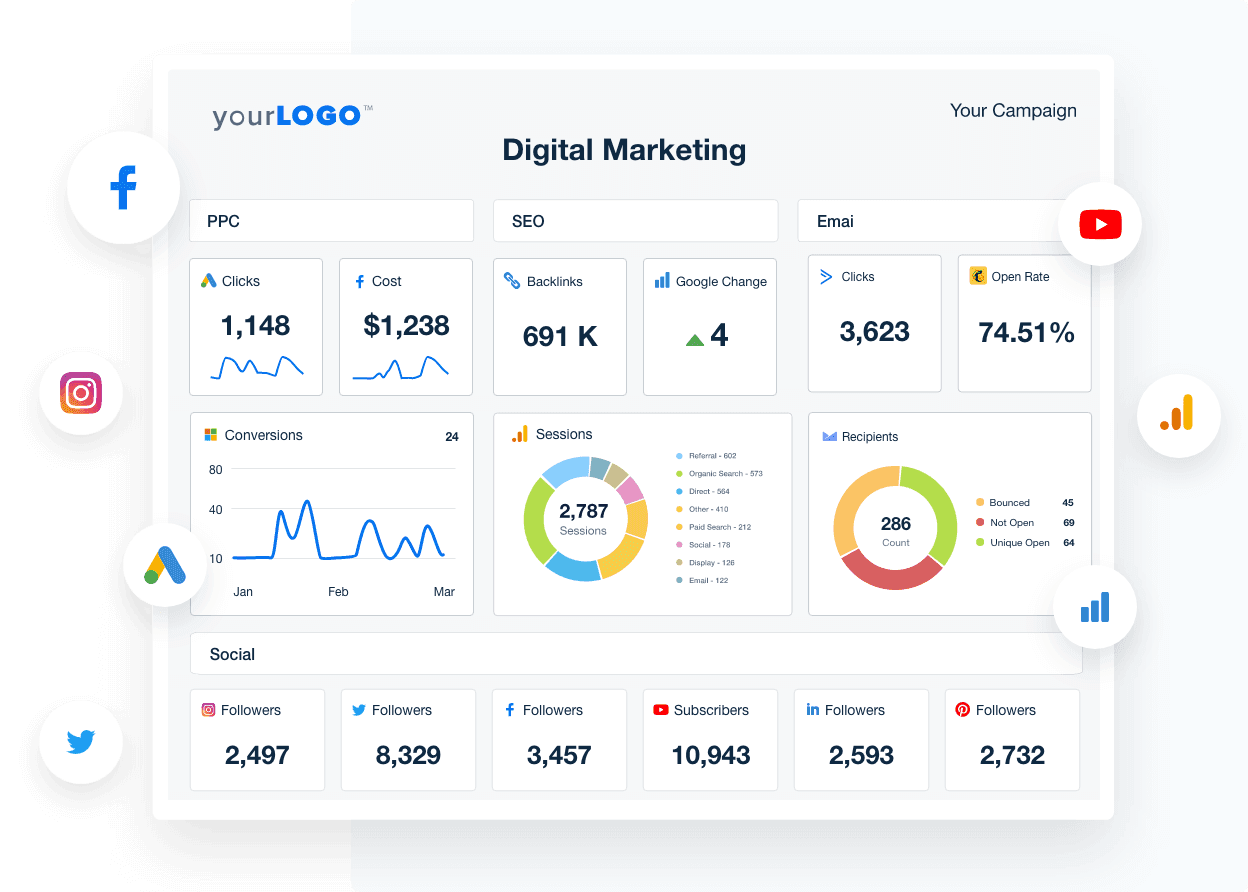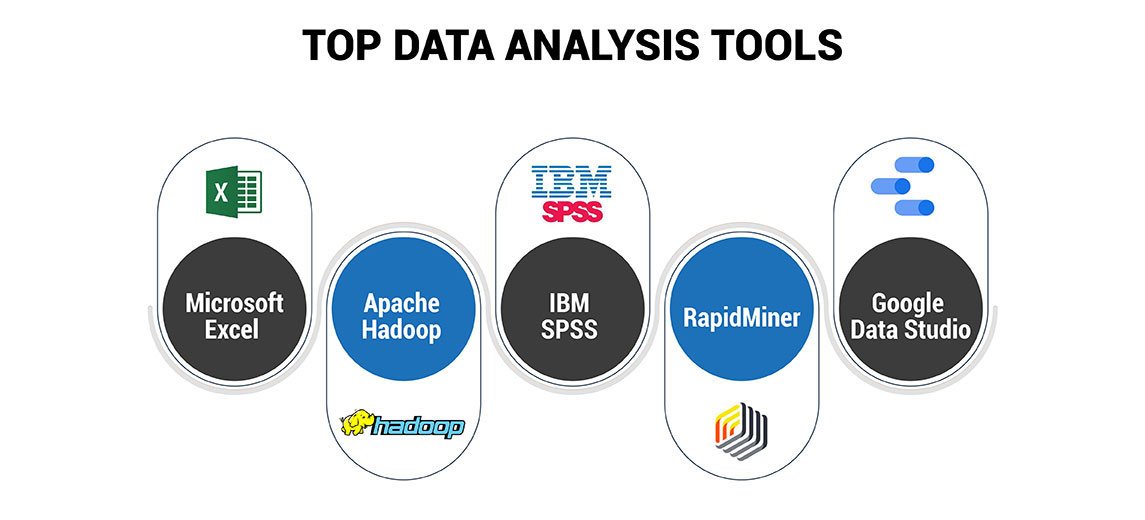Increase Performance and Productivity Via Information Analytics
In today's data-driven landscape, companies are increasingly identifying the critical duty of data analytics in boosting operational effectiveness and profitability. By methodically analyzing information, organizations can discover critical understandings that inform calculated choices, improve procedures, and dressmaker customer experiences.
Comprehending Information Analytics
In today's data-driven landscape, understanding information analytics is essential for organizations intending to boost operational efficiency and drive earnings. Information analytics involves the methodical computational evaluation of information sets to uncover patterns, connections, and insights that notify decision-making. By using various methods, such as analytical evaluation, artificial intelligence, and predictive modeling, companies can change raw data into workable intelligence.
The process usually begins with data collection, where appropriate info is collected from numerous resources, consisting of transactional data sources, consumer communications, and market fads. This information is after that cleansed and arranged to make certain precision and uniformity. As soon as the information is prepared, logical devices and software program are made use of to discover and envision the details, making it possible for stakeholders to recognize anomalies and trends.
Ultimately, understanding data analytics encourages companies to make enlightened choices based on empirical evidence instead than intuition. It helps with targeted techniques that can optimize source appropriation, boost client satisfaction, and boost general efficiency. As services progressively identify the value of data-driven understandings, a solid grasp of information analytics ends up being an important competency for leaders and teams alike, positioning them for continual success in an affordable atmosphere.

Trick Benefits for Businesses
Organizations that take advantage of information analytics can unlock a plethora of advantages that significantly boost their operations and earnings. Among the main advantages is improved decision-making. Information analytics provides actionable understandings stemmed from real-time data, permitting companies to make enlightened choices that straighten with market demands and consumer choices.

In addition, information analytics cultivates boosted customer experiences. By understanding customer behaviors and preferences, companies can tailor their offerings, causing boosted contentment and loyalty. This personalized method typically leads to higher conversion rates and repeat business.
Furthermore, information analytics makes it possible for organizations to recognize arising fads and chances. By remaining in advance of the curve, organizations can profit from new markets and innovations prior to their rivals.
Carrying Out Data-Driven Techniques
Successful execution of data-driven approaches needs an extensive understanding of both offered information and business goals sources. Organizations needs to first specify their purposes plainly, guaranteeing alignment in between data initiatives and critical objectives. This clarity makes it possible for teams to concentrate on appropriate metrics and insights that drive decision-making.
Top notch data is necessary for accurate analysis, as bad information can lead to misdirected approaches and squandered resources - Analytics. Organizations has to develop procedures for data collection, cleansing, and monitoring to maintain data stability.
Additionally, promoting a data-driven society is vital. Employees in any way degrees should be motivated to take advantage of information in their daily operations. Training programs and workshops can improve information proficiency, encouraging staff to make informed decisions based on analytical understandings.
Devices and Technologies Introduction
A durable collection of devices and modern technologies is important for organizations aiming to harness the full capacity of data analytics. These tools assist in the collection, processing, and visualization of data, allowing companies to obtain actionable insights.
At the foundational level, information monitoring systems such as SQL data sources and NoSQL systems see page give reliable data storage and access capacities. For information handling and evaluation, programming languages like Python and R, along with structures such as Apache Glow, make it possible for complex computations and maker learning applications.
Visualization tools, including Tableau and Power BI, transform raw information right into user-friendly graphical styles, making insights obtainable to stakeholders whatsoever levels. Additionally, cloud-based platforms like Google Cloud and AWS use scalable storage space and processing remedies, fitting the growing quantities of information companies run into.
For sophisticated analytics, anticipating modeling and AI-driven services are progressively embraced, enabling firms to forecast fads and enhance decision-making procedures. Integrating these devices right into existing operations is critical; organizations that successfully take advantage of this innovation can substantially improve functional effectiveness and drive success. Hence, investing in the right devices and modern technologies is a critical imperative for any kind of data-driven organization.
Study of Success
Leveraging data analytics has led various companies to accomplish exceptional renovations in effectiveness and productivity. One remarkable situation is a big retail chain that carried out predictive analytics to optimize supply management. By evaluating historic sales information and customer trends, the company decreased excess supply by 30%, bring about significant cost savings and enhanced capital.
An additional instance can be discovered in the production field, where a leading auto manufacturer utilized data analytics to enhance its production processes. By keeping track of device performance in real-time, the organization identified inefficiencies and bottlenecks, resulting in a 20% increase in overall tools performance (OEE) This not just enhanced manufacturing rates but also minimized downtime and maintenance prices.

These study highlight how information analytics can drive tactical decision-making, enhance processes, and eventually enhance both effectiveness and profitability throughout various markets.
Conclusion
To conclude, the integration of information analytics right into company procedures presents considerable possibilities for enhancing effectiveness and productivity. By systematically assessing data, organizations can recognize inefficiencies, enhance consumer experiences, and make informed decisions. The fostering of anticipating modeling and real-time monitoring further allows organizations to stay ahead of emerging you could try these out patterns and allot sources effectively. Eventually, the calculated execution of data-driven techniques fosters sustained competitive advantages and drives significant enhancements in functional efficiency and monetary outcomes.
In today's data-driven landscape, understanding data analytics is vital for organizations aiming to enhance operational performance and drive productivity. Information analytics includes the methodical computational analysis of data collections to reveal patterns, connections, and insights that his explanation inform decision-making. Information analytics supplies actionable insights acquired from real-time information, enabling businesses to make enlightened selections that line up with market demands and customer preferences.
Premium data is essential for exact analysis, as poor information can lead to misdirected strategies and thrown away resources. Organizations has to establish processes for data collection, cleaning, and monitoring to maintain data integrity.
 Tatyana Ali Then & Now!
Tatyana Ali Then & Now! Jenna Jameson Then & Now!
Jenna Jameson Then & Now! Monica Lewinsky Then & Now!
Monica Lewinsky Then & Now! Soleil Moon Frye Then & Now!
Soleil Moon Frye Then & Now! Jeri Ryan Then & Now!
Jeri Ryan Then & Now!